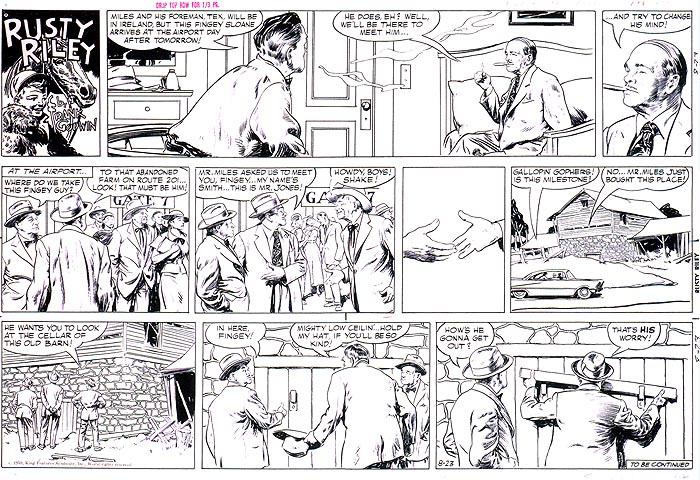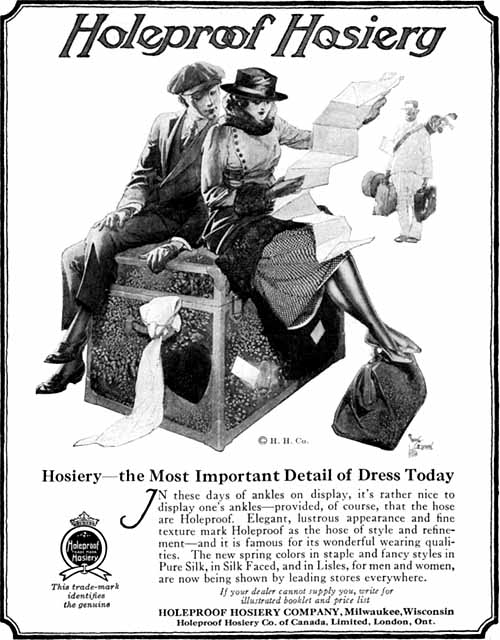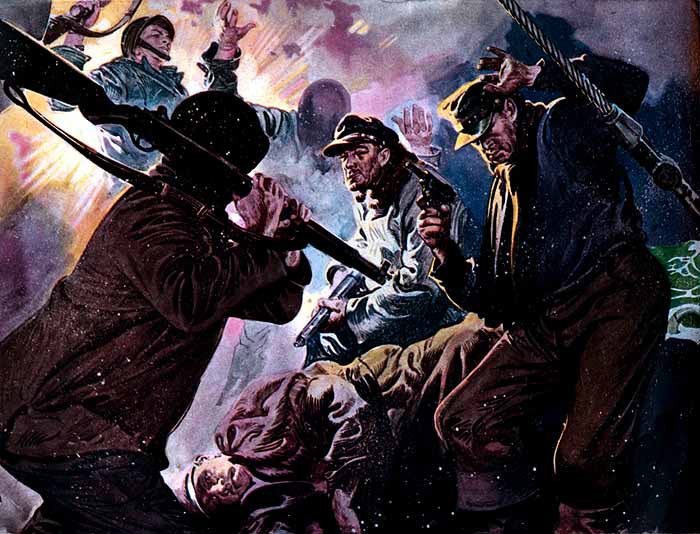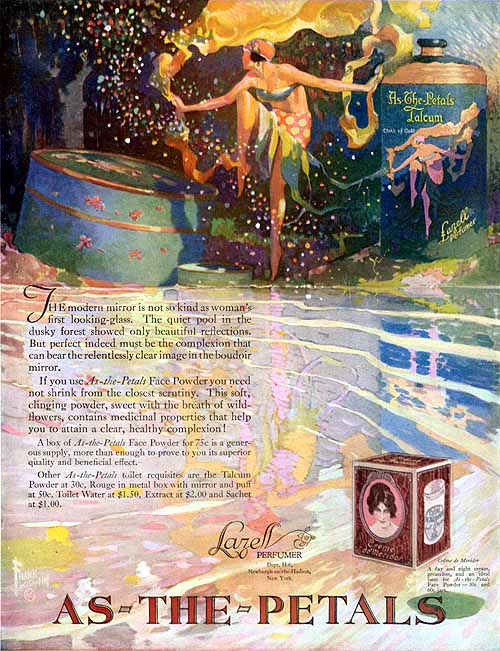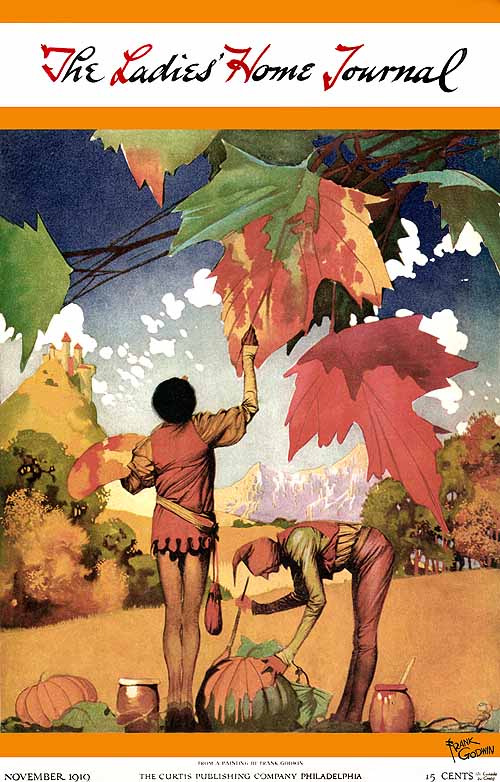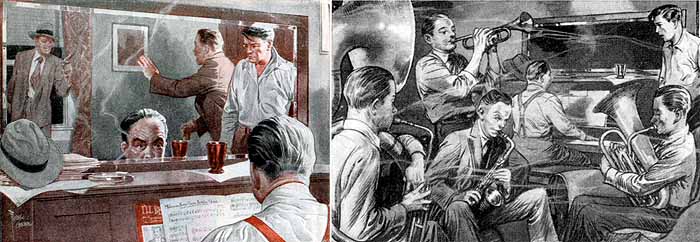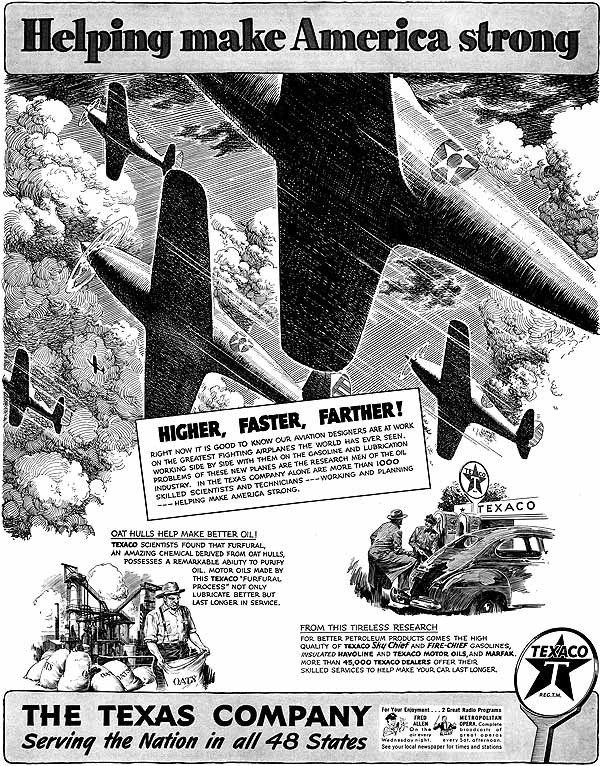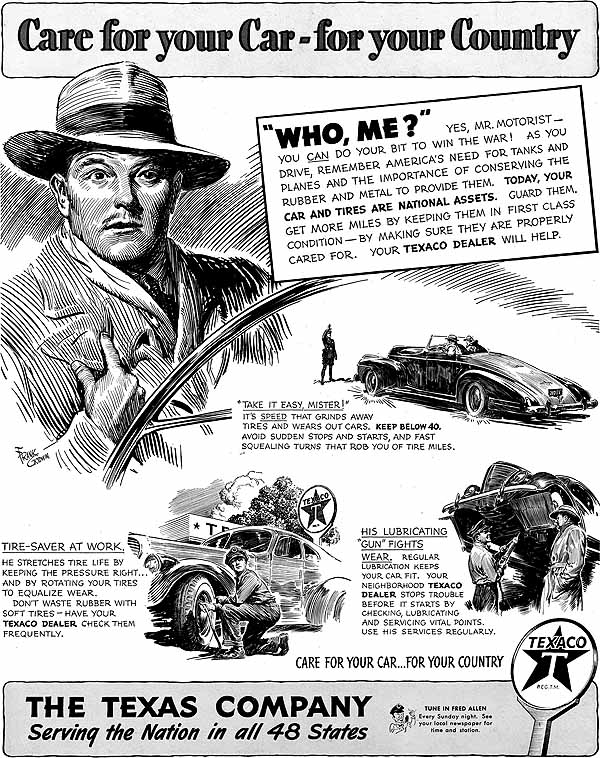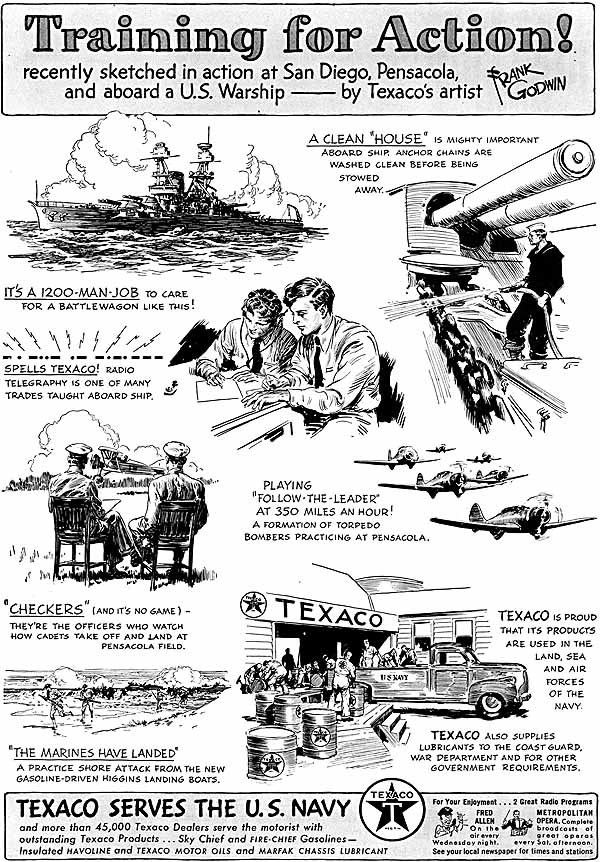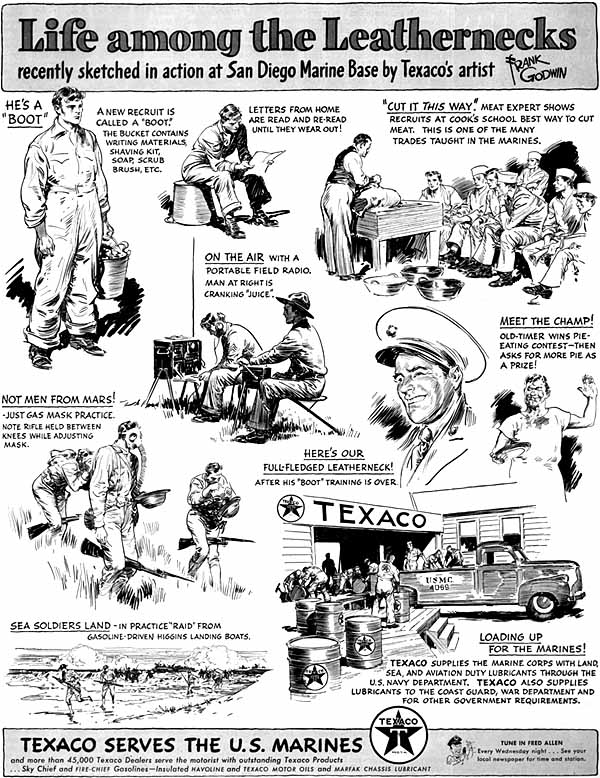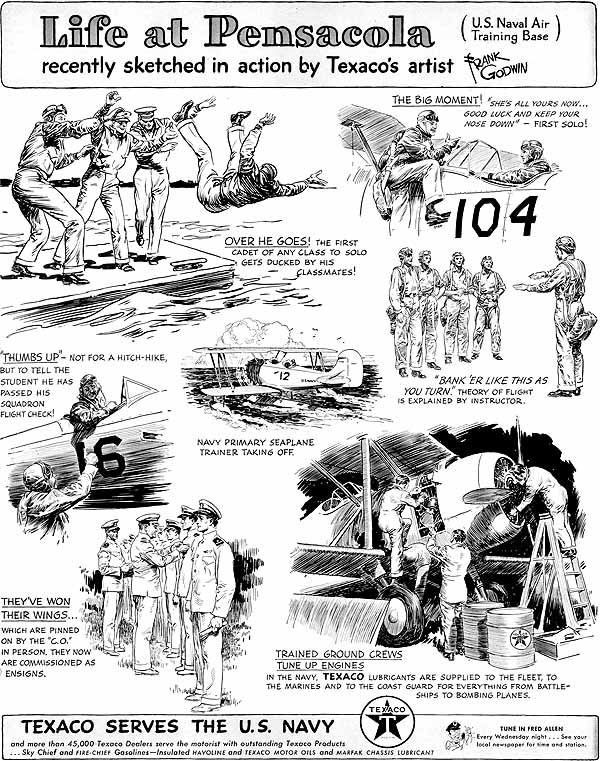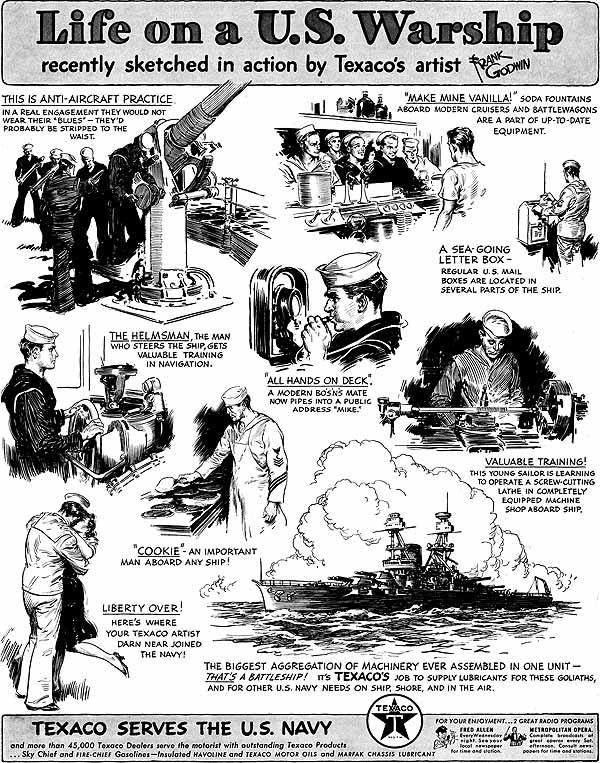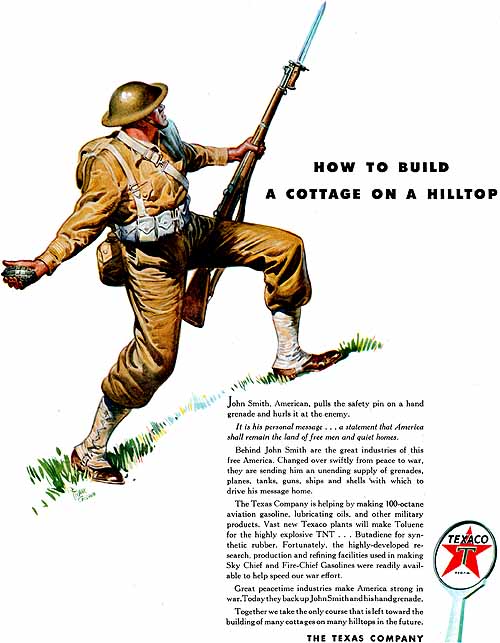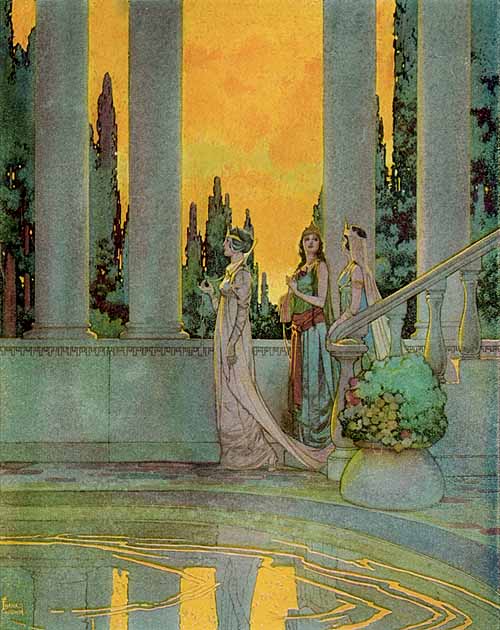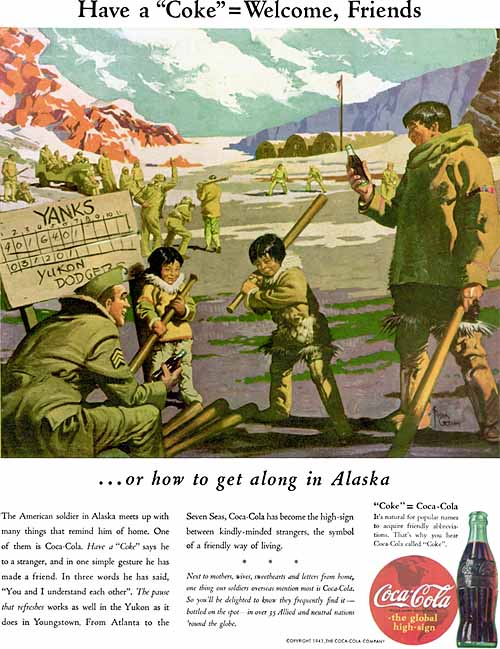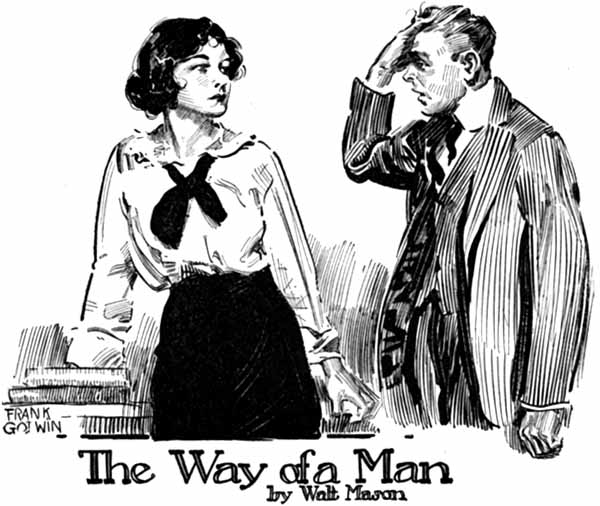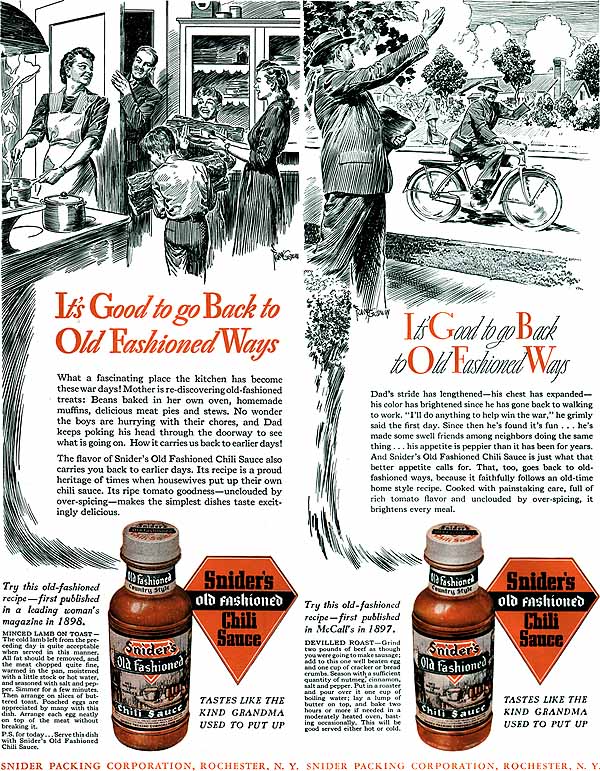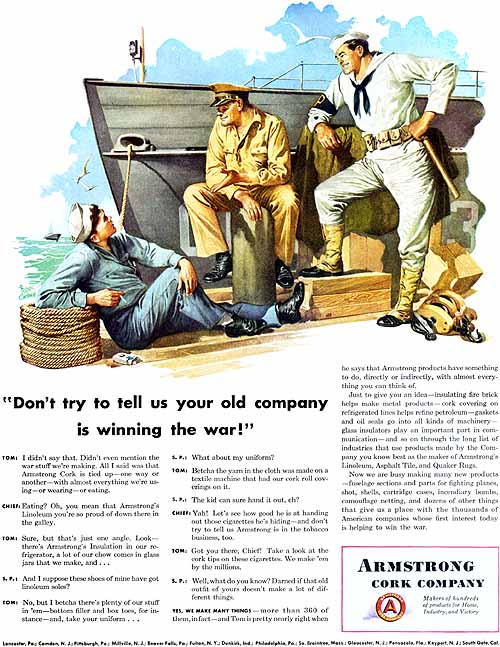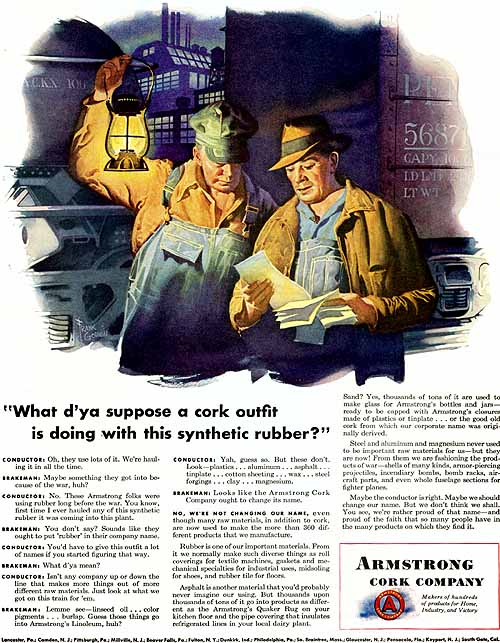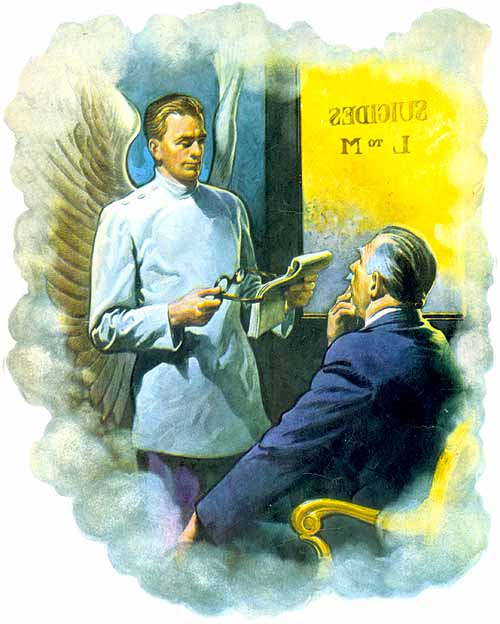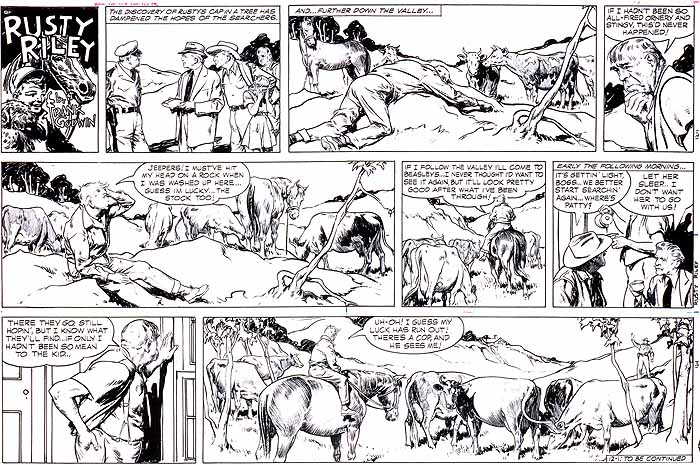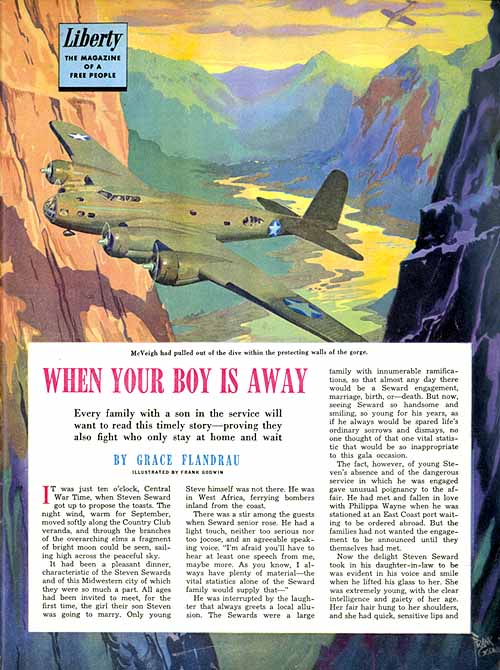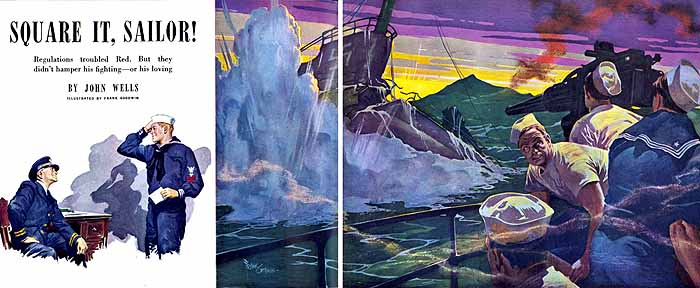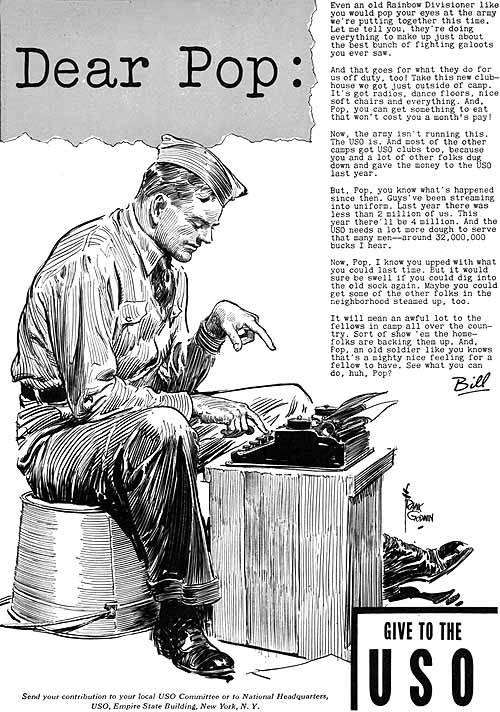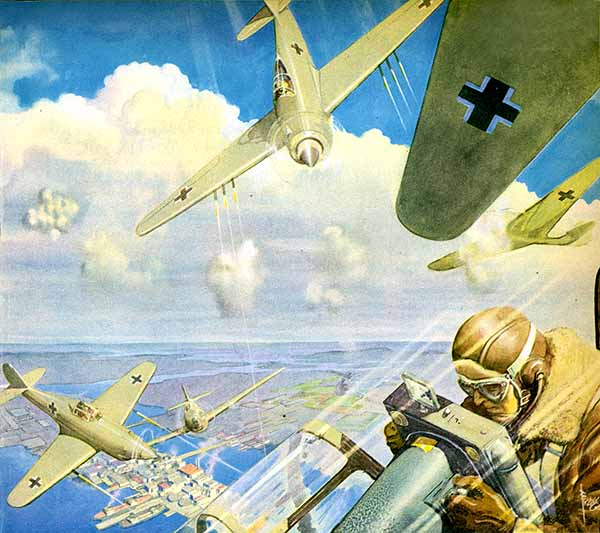
|
Copyrighted Material -CLICK for information |
|
Back |
|
Frank Godwin
(1889 - 1959)
by Mark Radcliffe |
|
Rusty Riley, Sunday strip (23 August 1959) Godwin, Frank - 001A
|
|
Bob Lubbers the good-girl artist who penciled Fiction House comic books in the 1940s (Jungle Comics, Wings, etc.) said, “In 1959 Frank Godwin the artist who did Rusty Riley died! Sylvan Byck at KFS asked if I'd do the last two weeks in Godwin s style to end the series. I admired his book illustrations and was honored to have the privilege to do it.” |
|
Holeproof Hosiery (1921) Godwin, Frank - 002
|
|
Godwin was born in Washington DC in 1889. The son of the Washington Star's city editor, Godwin began his career as an apprentice on his father's paper in 1905 at age 16. While mostly self-taught, Godwin briefly studied at the Art Students League where he became pals with James Montgomery Flagg. This lead to them sharing a studio together. To make his characters realistic and consistent, Godwin, who had also worked in the studio of sculptor Gutzon Borglum, modeled busts of the characters in clay. These became perpetual models he could turn to for variations in position and light. |
|
Liberty, "Where We Aren't" (1944) Godwin, Frank - 003
|
| With the help of friend, mentor, and studio mate, Flagg, Godwin got his first assignment in New York. Godwin's pen and ink work began appearing in Judge (a weekly humor magazine) In 1908. By 1915 he was firmly established at Judge and worked on most every issue.
Godwin was very much influenced by Flagg and the pen and ink man Charles Dana Gibson (famous for his Gibson girls). Godwin created a style that was a synthesis of Flagg and Gibson that galvanized into beautifully clean and consistent pen & ink drawings that equaled Flagg's. |
|
Lazell (1920) Godwin, Frank - 004
|
|
Lazell (1921) Godwin, Frank - 005
|
|
Redbook (1934) Godwin, Frank - 006
|
| Godwin didn't just handle inks, but could work expertly in oils or gouache for color. From 1921 to 1929 he did children's books for publisher David Mckay, such titles as Robin Hood (1929) and King Arthur. These book with their fantastic color illustrations may have been an influence on Hal Foster's Prince Valiant. |
|
Ladies' Home Journal (1919) Godwin, Frank - 007
|
|
Liberty, "Absolute Pitch" (1944) Godwin, Frank - 008
|
|
The book, Illustrators in America 1860 to 2000 on page 255 from Walt Reed states, “Godwin divided his career between cartooning, comic book artist and illustration, moving from one field to the other with basically the same approach. He first became a master of pen & ink, when the medium went out of vogue for illustration, he adapted it to comic strips like Connie and Rusty Riley.
|
|
Texaco, "Helping Make America Strong" (1942) Godwin, Frank - 009
|
|
Texaco, "Care For Your Car -- For Your Country" (1942) Godwin, Frank - 010
|
|
Texaco, "Training For Action" (1941) Godwin, Frank - 011
|
|
Texaco, "Life Among The Leathernecks" (1941) Godwin, Frank - 012
|
|
Texaco, "Life At Pensacola" (1941) Godwin, Frank - 013
|
|
Texaco, "Life On A U S Warship" (1941) Godwin, Frank - 014
|
|
Texaco, "How To Build A Cottage On A Hilltop" (1942) Godwin, Frank - 015
|
|
Godwin created Connie for the Ledger Syndicate, the daily and Sunday strips ran from 1927 to 1941.He also In the 1930s took over the daily Roy Powers Eagle Scout comic strip.
Godwin created Connie for the Ledger Syndicate (the daily and Sunday strips ran from 1927 to 1941). In the 1930s he took over the daily Roy Powers Eagle Scout comic strip (this strip appeared until 1942). In 1943 Godwin was drawing Wonder Woman for Sensation (issues 16 and 19). For Comics Cavalcade 3, Godwin's style was striped down (simplified) yet recognizable as his work. Godwin also drew for Lev Gleason s crime comics in the mid 40s. |
|
David McKay Company, "The Blue Fairy Book" (1931) Godwin, Frank - 016
|
|
Coke, "Welcome Friends" (1943) Godwin, Frank - 017
|
|
Judge, "The Way Of A Man" (1914) Godwin, Frank - 018
|
|
Snider's Old Fashioned Chili Sauce (1943, 1942) Godwin, Frank - 019
|
| In 1945, Ayn Rand supervised and wrote a syndicated version of The Foundtainhead, for which she personally selected Godwin as illustrator. The Foundtainhead began publishing in 24 December 1945 and appeared in 55 major newspapers.
An amazing part of Godwin's legacy is that even as his comic strip work increased, he was still very much in demand for traditional illustration. In addition to his fame as a comic work, his work appeared in such major slicks as Cosmopolitan, The Youth's Companion, Photoplay, Ladies' Home Journal, Collier's, and especially Liberty. He also had advertising accounts diverse clientele: Prince Albert Tobacco, Snider's Packing, Holeproof Hosiery, Lazell Perfume, Armstrong Cork, and Coke-Cola. Godwin had the distinction of being one of the few artists who Texaco allowed to sign his ad work (or didn't crop it out when printed). |
|
Armstrong Cork Company (1944) Godwin, Frank - 020
|
|
Armstrong Cork Company (1944) Godwin, Frank - 021
|
|
Liberty, "Mr Macafee Returns" (1947) Godwin, Frank - 022
|
|
Godwin’s influence can be seen in the likes of Frank Frazetta (pen and ink work in the late 1950s and early 1960s) and Alfredo Alcala's (Voltar and Marvel’s Conan). Godwin remains one of the great masters of pen and ink illustration along with Joseph Clement Cole, Franklin Booth, Orson Lowell, Charles Dana Gibson, and James Montgomery Flagg. |
|
Rusty Riley, Sunday strip (1 December 1959) Godwin, Frank - 023A
|
|
Liberty, "When Your Boy Is Away" (1943) Godwin, Frank - 024
|
|
Liberty, "Square It, Sailor!" (1943) Godwin, Frank - 025
|
|
USO (1943) Godwin, Frank - 026
|
|
Liberty, "Mission" (1943) Godwin, Frank - 027
|
